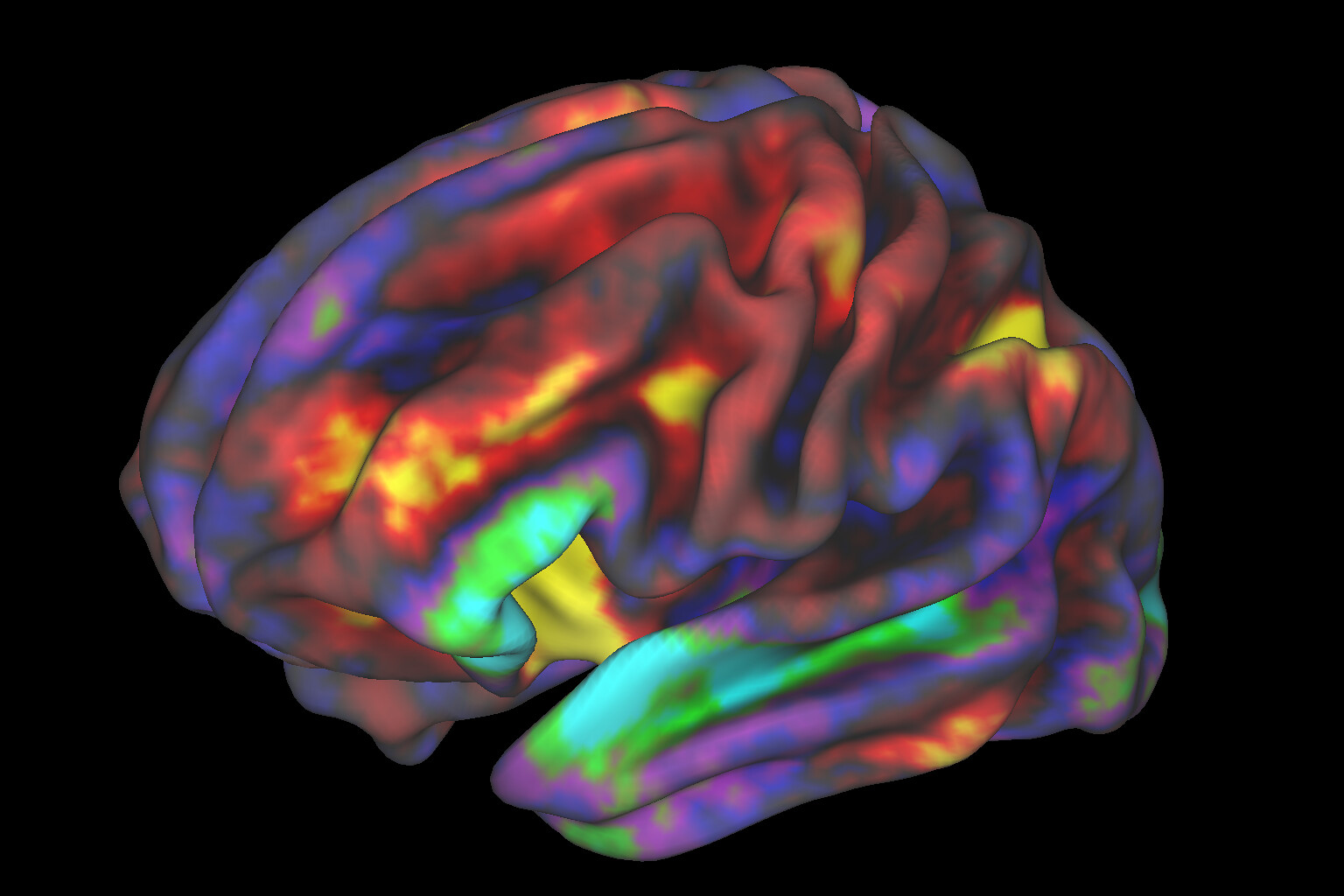A new study may give us the most detailed understanding yet of how psychedelic drugs affect our brains. Using brain imaging of participants who had been given DMT (dimethyltryptamine, the key ingredient in ayahuasca), researchers recorded how it boosts connectivity between regions of the brain involved in functions like language, memory, decision-making and imagination.
Researchers at Imperial College London recruited 20 participants, each of whom was injected with 20 milligrams of DMT and also received placebo on a separate occasion for comparison. DMT is known for fostering experiences such as powerful hallucinations, and feelings of being transported or encountering other beings. It is a short-acting drug when injected or smoked, which is useful for study purposes.
The team used electroencephalography (EEG) and functional magnetic resonance imagery (fMRI) to examine the participants’ brain activity, taking recordings from eight minutes before until 20 minutes after the drug was administered.
Their findings, published in the Proceedings of the National Academy of Sciences journal, showed greatly enhanced connectivity between certain brain regions, particularly those associated with higher-level functioning, while a person was under the influence of DMT.
“DMT really generates novel worlds of experience. To understand how might tell us something about the systems responsible to construct a normal world of experience.”
DMT—like related drugs such as psilocybin and LSD—acts on a special serotonin receptor, 5-HT2A. As described by Liam Drew in Nature magazine, psychedelics “excite” the receptors on a mass scale, disrupting and changing how parts of the brain work. 5-HT2A receptors are found throughout the brain but especially in certain regions like the cerebral cortex—“responsible for cognition and self awareness”—the visual cortex, linked to vision—and the thalamus, “where sensory information is processed.” This activity, Drew explains, may be the reason psychedelics alter our sense of reality.
This is supported by past research. A 2019 study, using positron emission tomography scans (PET), showed that participants who took psilocybin had over 72 percent of their 5-HT2A receptors activated by the drug. Based on questions given to participants, the higher the activity of the serotonin receptors, the likelier they were to report stronger psychedelic effects.
Further research supports the observation that psychedelics temporarily change how the brain is “wired.” Normally, your brain has a system of different areas that work together as networks to solve problems, interpret the outside world and think creatively. But on psychedelics, as Drew writes, regions that usually work closely together become less connected, while regions that are generally less connected develop stronger connections. This phenomenon is supported by a 2022 paper, for which researchers reviewed 42 published articles based on 17 studies involving brain imaging and psychedelics.
Chris Timmermann, lead author of the new study and head of the DMT research group at Imperial College London, told Filter that his team’s work builds on that existing research, but now gives us a detailed look into the unique effects of DMT. Its implications, however, could be much broader.
“It’s important for the understanding of consciousness and the human mind in the brain, important questions about human beings,” Dr. Timmermann said. “This study is showing us that unlike with LSD or psilocybin where you have an alteration of the conscious experience, DMT really generates novel worlds of experience. To understand how it constructs worlds might tell us something about what are the systems responsible to construct a normal world of experience.”
The nature of consciousness is a frequent and fascinating topic of interest among psychedelics researchers. But could these findings have further potential signficance to people’s daily lives?
Timmermann replied that they could also have benefits in the mental health field.
“This research may be telling us something important about why DMT might be helpful to treat certain mental health disorders.”
“What research is showing lately,” he said, “is that in some mental health conditions like depression or anxiety, we also build stories and narratives, we use these story-telling capacities of the brain that have to do with our sense of self, that have to do with our rumination, these looping stories.”
“So [if the brain] is actively constructing a world of experience in depression, those systems of constructing a world of experience have a maladaptive use, and they become ruminative thoughts, looping patterns,” he continued. “DMT appears to radically change these stories … and generate novel, different worlds of experience for the mind and brain—alternatives in terms of mental health. So this research may be telling us something important about why DMT might be helpful to treat certain mental health disorders.”
Based on participants’ responses to a survey, many found their experience positive—with significant proportions saying it was “pleasurable” or “meaningful,” or feeling “gratitude.” Some participants also felt “displaced” from their bodies, had “dreamlike” experiences, or encountered “sentient lifeforms.” Timmermann said that many of these subjective experiences are associated with improved outcomes for mental health conditions.
The best known form of DMT consumption, and the most practiced in human history, is when different plants—a typical combination being the leaves of Psychotria viridis and the Banisteriopsis caapi vine—are brewed to make ayahuasca. Unlike the short-acting form of DMT consumption involved in the new study, ayahuasca’s inclusion of other plant-based compounds can make the psychedelic effects last hours.
Ayahuasca has been integral to cultural and spiritual practices of Indigenous peoples in South America, particularly the Amazon region, for hundreds or even thousands of years.
In 2021, I was fortunate to be able to use ayahuasca on a visit to Peru’s Ucayali region, home of the Indigenous Shipibo-Conibo people. Like many others, I found it a profound experience, yielding many insights. Research like this latest study is now helping us to understand why.
fMRI Image by National Institute of Health via Flickr/Creative Commons 2.0





Show Comments